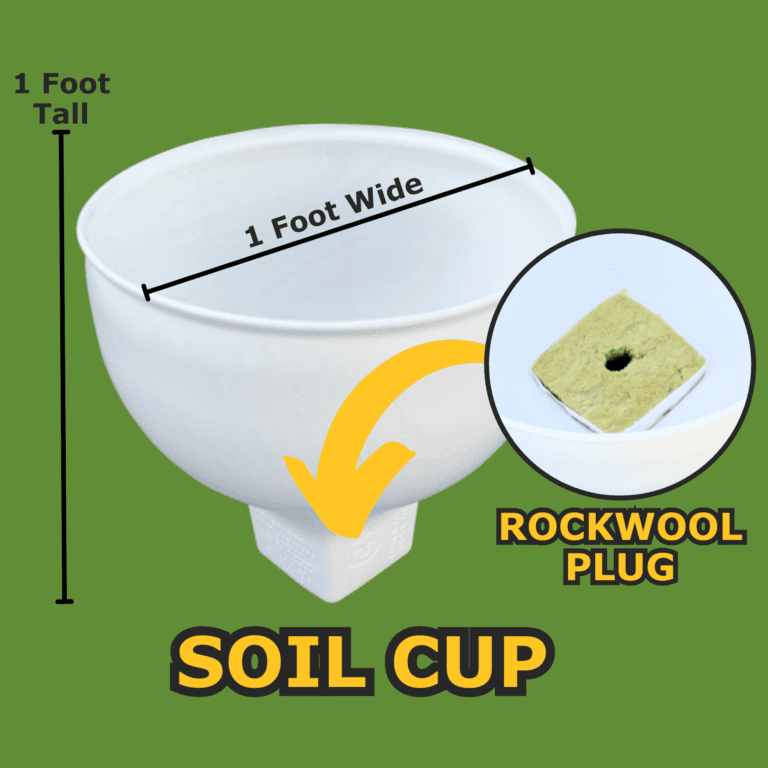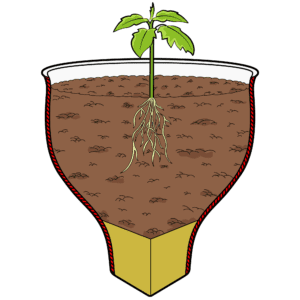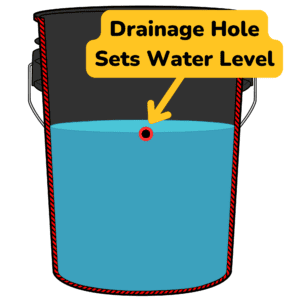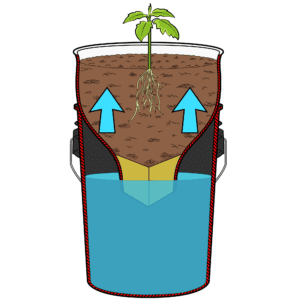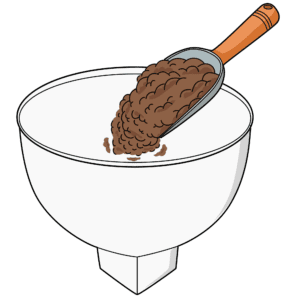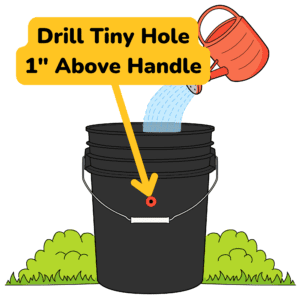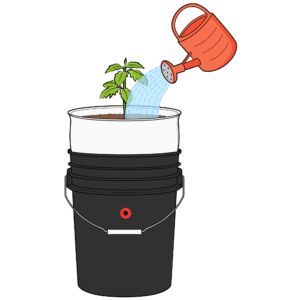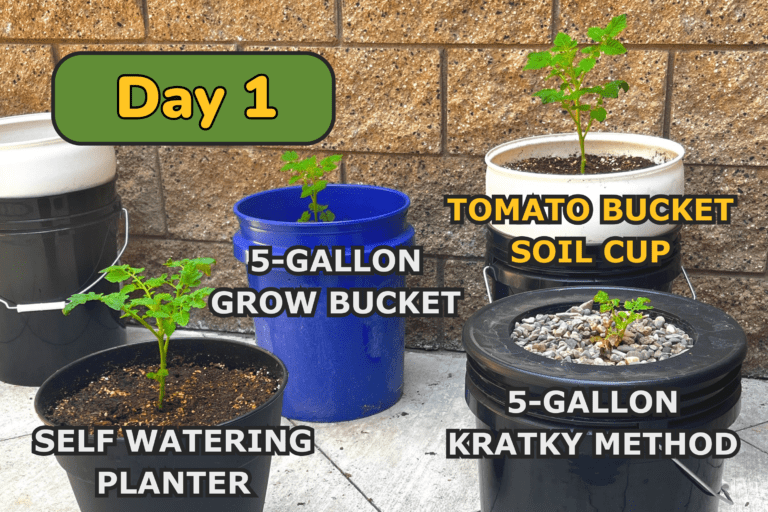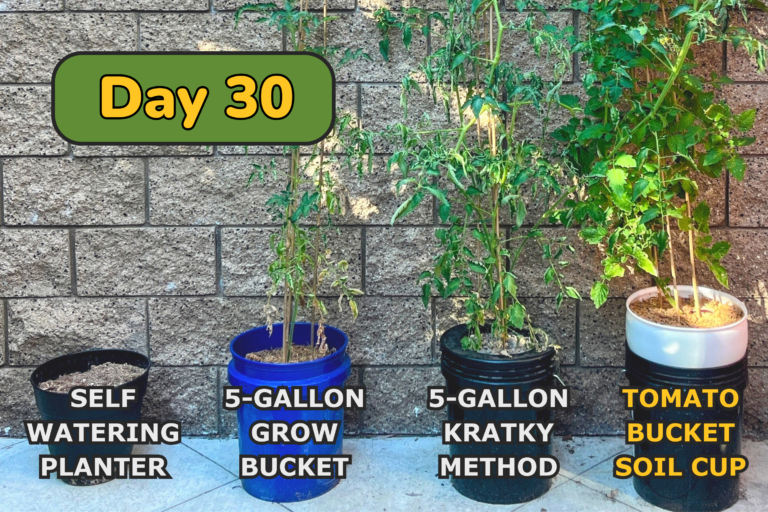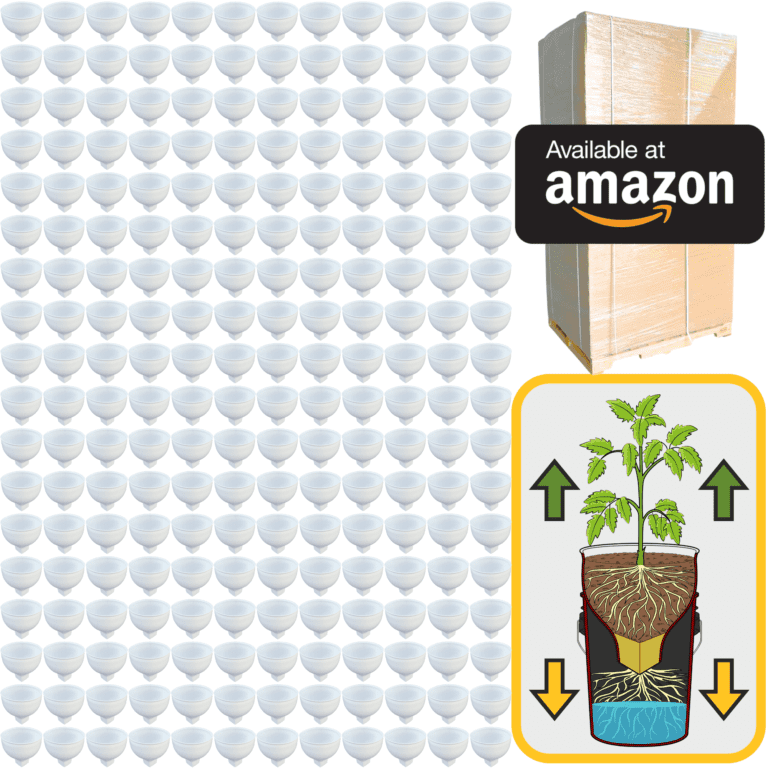Number 10: Lettuce: The Cool Season Green That Thrives in Summer’s Embrace
Lettuce may not seem like a summer superstar, but in Zone 3, it can thrive beautifully in the cooler parts of the season. Typically, you can begin harvesting lettuce just 30 to 60 days after planting, depending on the variety. Lettuce prefers partial shade during the hottest summer days, making it perfect for those early morning or late afternoon sun hours. Keeping the soil consistently moist is crucial; lettuce can wilt quickly if it dries out.
For best results, choose rich, well-drained soil that’s been amended with plenty of organic matter. A light application of a nitrogen-rich fertilizer can help produce lush, vibrant leaves. Lettuce thrives at temperatures between 60°F and 70°F, so be mindful of the heat. Watch for pests like aphids and slugs, and consider using row covers for protection. Space your lettuce seeds about 12 inches apart, allowing enough room for the heads to grow. Regularly harvesting outer leaves will encourage the plant to produce more. Adding mulch can help retain moisture and keep the soil cool. As for companion planting, lettuce does well with carrots and radishes, which can help create a flourishing garden.
Number 9: Radishes: Fast-Growing Gems for Quick Satisfaction
Radishes are the ultimate quick crop for summer gardening in Zone Number 3: You can expect to enjoy these crunchy, peppery roots just 25 to 30 days after sowing. Radishes thrive in full sun but can also tolerate some shade, especially as summer temperatures peak. Regular watering is key; these little gems prefer evenly moist soil for optimal crunch.
Plant radish seeds in well-draining, loamy soil that is rich in organic matter. A light application of balanced fertilizer will help promote healthy growth. Ideal temperatures for radish growth range from 50°F to 70°F. Be mindful of pests like aphids and flea beetles; using floating row covers can help protect your crop. Space your seeds about an inch apart and thin them out as they grow to avoid crowding. No pruning is needed, but applying a layer of mulch will help retain moisture and suppress weeds. Harvest radishes when they reach about an inch in diameter for the best flavor, and consider companion planting with carrots or cucumbers for an efficient use of space.
Number 8: Swiss Chard: A Versatile Green for Summer Salads
Swiss chard is a summer favorite that can thrive in the warm soil of Zone Number 3: You can begin harvesting Swiss chard leaves about 50 to 60 days after planting. This leafy green loves full sun but can tolerate partial shade, especially in the heat of summer. Regular watering is important to keep the leaves tender and vibrant.
Plant Swiss chard in well-draining soil rich in organic matter. Incorporating compost will improve soil fertility and moisture retention. A balanced fertilizer applied every few weeks will support healthy leaf production. Swiss chard prefers temperatures between 60°F and 75°F. Watch for pests like aphids and leaf miners; using insecticidal soap can effectively manage these pests. Space your chard plants about 12 inches apart to allow for ample growth. Pruning is minimal, as you can harvest outer leaves while allowing the inner ones to grow. Mulching helps retain moisture and suppress weeds, and companion planting with beans or onions can enhance growth.
Number 7: New Zealand Spinach: A Unique Green for the Heat
New Zealand spinach is a remarkable option for summer gardens in Zone Number 3: Although it’s not a true spinach, it provides similar leafy greens that thrive in warmer temperatures. You can start harvesting New Zealand spinach about 40 to 60 days after planting. This plant loves full sun and can handle the heat well, making it perfect for summer.
For the best growth, plant New Zealand spinach in well-drained soil that has been enriched with organic matter. A balanced fertilizer can support healthy growth throughout the summer. Ideal temperatures for this plant range from 70°F to 85°F. Watch for pests such as aphids and caterpillars; hand-picking and organic pesticides can help control these pests. Space your plants about 12 inches apart to ensure they have room to grow. Pruning isn’t necessary, but regular harvesting encourages the plant to produce more leaves. Mulching can help retain soil moisture, and companion planting with beans or corn can enhance growth.
Number 6: Beets: Earthy Delights in Your Summer Garden
Beets are a versatile summer vegetable that flourishes in Zone 3, offering both nutritious roots and greens. You can expect to start harvesting beets about 55 to 70 days after planting. Beets enjoy full sun but can also tolerate partial shade, especially as summer progresses. Regular watering is essential to keep the soil consistently moist, promoting healthy root development.
For optimal growth, plant beets in well-draining soil that is rich in organic matter. A balanced fertilizer will support robust growth, particularly one high in potassium. Ideal temperatures for beets range from 50°F to 85°F. Keep an eye out for pests like aphids and leaf miners; careful monitoring and natural pesticides can help manage these threats. Space beet seeds about 3 to 4 inches apart to allow for proper bulb formation. Pruning isn’t necessary, but thinning is essential to prevent overcrowding. Mulching can help regulate soil temperature and retain moisture, while companion planting with onions or garlic can deter pests and enhance growth.
Number 5: Carrots: Sweet and Crunchy Summer Treasures
Carrots are a beloved root vegetable that does well in the summer warmth of Zone Number 3: You can expect to harvest your carrots about 70 to 80 days after sowing. Carrots thrive in full sun and require consistently moist soil to develop properly, so keeping a close eye on watering is crucial.
These vibrant orange roots flourish in loose, well-drained, sandy soil. Preparing your garden bed adequately will promote robust root growth. A light application of fertilizer focusing on phosphorus and potassium will support healthy development. Ideal temperatures for growing carrots range from 50°F to 75°F. Watch for pests like carrot flies and nematodes; using floating row covers can help keep these pests at bay. Space your carrot seeds about 2 to 4 inches apart, and once they sprout, thin them out to prevent overcrowding. No pruning is necessary, but regular mulching can help retain moisture and suppress weeds. Companion planting with onions or leeks can provide mutual benefits, deterring pests while enhancing growth.
Number 4: Turnips: A Dual-Purpose Crop for Your Garden
Turnips are a fantastic dual-purpose crop, offering both nutritious roots and delicious greens. You can expect to harvest turnips approximately 50 to 60 days after planting. Turnips thrive in full sun but can also tolerate partial shade, especially during the hottest parts of summer. Regular watering is crucial to keep the soil evenly moist, promoting healthy growth.
Plant turnips in well-drained soil that is rich in organic matter. A balanced fertilizer can help promote strong root and leaf development. Turnips prefer temperatures between 50°F and 75°F. Be vigilant about pests like aphids and flea beetles; using row covers can provide effective protection against these pests. Space your turnip seeds about 3 to 4 inches apart, and thin them out as they grow to avoid crowding. Pruning is minimal, as you can harvest both the roots and the leaves. Mulching helps retain soil moisture and suppress weeds, while companion planting with radishes or lettuce can enhance growth and deter pests.
Number 3: Summer Squash: A Bountiful Summer Crop
Summer squash, including varieties like zucchini and yellow squash, is a delightful addition to your summer garden in Zone Number 3: You can expect to begin harvesting summer squash about 50 to 70 days after planting, depending on the variety. These plants love full sun, soaking up the summer rays for optimal growth. Regular watering is essential to keep the soil consistently moist and promote healthy fruit development.
For optimal growth, plant summer squash in rich, well-draining soil that has been amended with organic matter. A balanced fertilizer applied every few weeks will support healthy leaf and fruit production. Ideal temperatures for summer squash range from 70°F to 90°F. Watch for pests like squash bugs and cucumber beetles; hand-picking and organic insecticides can help manage these pests. Space your squash plants about 24 to 36 inches apart to allow for proper airflow. Pruning is minimal; simply harvest the fruits regularly to encourage more production. Mulching helps retain moisture and suppress weeds, while companion planting with beans can enhance growth and deter pests.
Number 2: Cucumbers: Refreshing and Productive Summer Vegetables
Cucumbers are a summer favorite that thrives in Zone 3, providing refreshing fruits perfect for salads and pickling. You can expect to start harvesting cucumbers about 50 to 70 days after planting. These vining plants love full sun and require consistent watering to keep the soil evenly moist, especially during dry spells.
For optimal growth, plant cucumbers in rich, well-draining soil. Incorporating compost will enhance soil fertility and structure. A balanced fertilizer applied every few weeks will support healthy fruit production. Cucumbers thrive at temperatures between 70°F and 90°F. Be vigilant about pests like aphids and cucumber beetles; using row covers can help protect your plants. Space your cucumber seeds about 36 inches apart, allowing for plenty of room to grow. Providing support structures like trellises can help save space and promote better air circulation. Pruning is minimal, but regular harvesting of fruits will encourage more production. Mulching helps retain soil moisture and suppress weeds, while companion planting with beans or sunflowers can enhance growth.
Number 1: Bush Beans: The Ultimate Summer Garden Companion
Bush beans are often considered the crown jewel of the summer garden, especially in Zone Number 3: You can expect to start harvesting bush beans about 50 to 60 days after planting, making them a quick and rewarding crop. These plants thrive in full sun and appreciate consistent watering to keep the soil moist, especially during dry spells.
For optimal growth, plant bush beans in well-drained, fertile soil. Adding compost will improve soil fertility and provide essential nutrients. A balanced fertilizer can enhance growth, but beans typically fix their own nitrogen, so they don’t require as much. Bush beans prefer temperatures between 70°F and 90°F. Keep an eye out for pests like aphids and bean beetles; using row covers can provide effective protection. Space your bean seeds about 2 to 4 inches apart, allowing for ample room for growth. Pruning is not necessary; simply harvest the beans regularly to encourage further production. Mulching can help retain soil moisture and suppress weeds, while companion planting with corn or cucumbers can create a thriving garden environment.
Gardening in Zone 3 during the summer provides unique opportunities for growing a variety of delicious herbs and vegetables. Each of these crops brings unique flavors and benefits to your meals, creating a bountiful and satisfying summer garden. Embrace the joy of growing your own food, and happy gardening!

